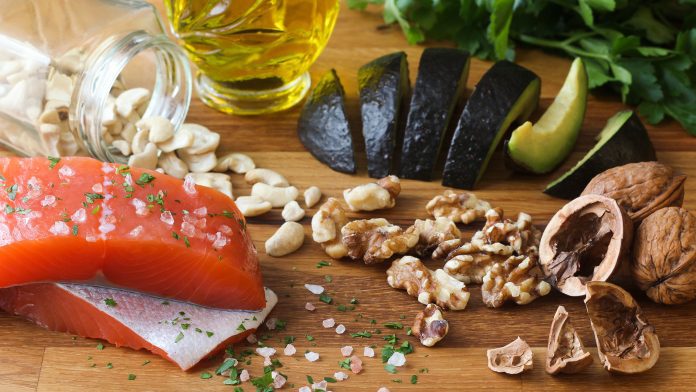
According to the University of Eastern Finland, genetics can influence the metabolisation of essential fatty acids such as alpha-linolenic acid and linoleic acid.
Supplementing a diet with camelina oil rich in alpha-linolenic acid or sunflower oil rich in linoleic acid can alter the body’s concentrations of the metabolites of these fatty acids. According to the researchers, these changes were dependent on the participant’s FADS1 genotype.
“Camelina oil increased the plasma concentration of eicosapentaenoic acid produced from alpha-linolenic acid in only one of the genotypes studied,” said researcher and first author Topi Meuronen of the University of Eastern Finland.
The role of the FADS1 gene
The FADS1 gene is responsible for regulating the metabolism of polyunsaturated fatty acids. Previous research has associated the FADS1 genotype with glucose and lipid metabolism disorders, and subsequent risk of type 2 diabetes.
Linoleic acid and alpha-linolenic acid are not produced by the human body, meaning they are obtained from food. Linoleic acid is the most common dietary fatty acid found in the omega-6 family. Conversely, Alpha-linolenic belongs to the family of omega-3 fatty acids. Differing concentrations of both are found in vegetable oils, seeds and nuts. Vegetable and sunflower oils are rich in linoleic acid, and camelina linseed oils are rich in alpha-linolenic acid.
Scientists have previously identified a link between a high intake of linoleic acid and a lower risk of type 2 diabetes and cardiovascular disease. However, the association of alpha-linolenic acid has been unclear.
As metabolites of linoleic acid and alpha-linolenic acid, the body produces lipid mediators which are important, but some of them are also pro-inflammatory.
In the current study, the researchers explored whether rs174550 point mutations in the FADS1 gene could alter the effect of alpha-linolenic acid and linoleic acid on the composition of fatty acids in plasma. They also wanted to determine if the concentrations of lipid mediators derived from polyunsaturated fatty acids could have a similar effect.
People who carried two different FADS1 genotypes were recruited for the Metabolic Syndrome in Men study (METSIM). Participants supplemented their diet with 30-50ml of camelina oil or sunflower oil daily for eight weeks.
“Our research design, i.e., recruiting subjects on the basis of their genetic background, has proven effective in investigating the interactions between diet and genes,” said postdoctoral researcher Maria Lankinen of the University of Eastern Finland.
The body produces eicosapentaenoic acid from alpha-linolenic acid and arachidonic acid from linoleic acid. These long-chain fatty acids and lipid mediators are involved in multiple functions within the body, such as inflammatory response and vascular function.
The results show that the FADS1 genotype does play a major role in how essential fatty acids are converted to arachidonic acid and eicosapentaenoic acid. The researchers also established that FADS1 genotype affected the concentrations of metabolites.
Guidelines for fatty acids
Supplementation of camelina oil rich in alpha-linolenic acid increased the concentration of eicosapentaenoic acid and lipid mediators in only one of the genotypes studied. Contrastingly, the use of sunflower oil rich in linoleic acid did not increase the concentration of arachidonic acid or its derived lipid mediators in carriers of either genotype.
“The changes we observed in the plasma concentration of eicosapentaenoic acid were at the same level as in our previous study, where people ate fatty fish containing eicosapentaenoic acid. However, an interesting observation is that when camelina oil was used, the changes occurred only in one of the genotypes studied,” said Meuronen.
The researchers believe their findings could give cause to consider the possibility of giving increasingly individualised guidelines on the intake of alpha-linolenic acid and linoleic acid. However, they acknowledge that further research is needed.
The full findings of the study have been published in the journal Molecular Nutrition and Food Research.
























